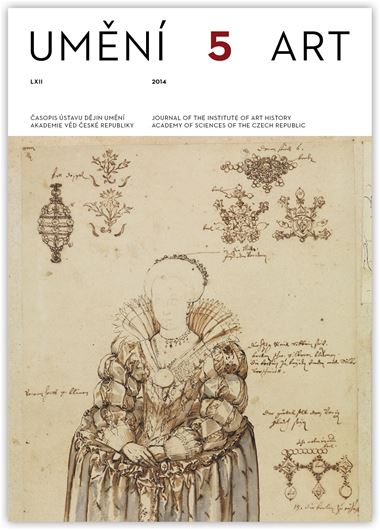Věra Laštovičková
Architektur als „versteinerte Musik“: Die theoretische Reflexion der Architektur in der deutschen Romantik und bei Bernhard Grueber
Architecture has been likened to ‘petrified music’ since Antiquity, but the metaphor underwent a profound change around the year 1800. In the aesthetics of German idealism, proportion and order ceased to be the sole measure of beauty and the key to aesthetic appreciation came to lie in the perceiving subject. Rhythm and time, categories associated with temporality, replaced mathematical proportion as the feature seen as linking architecture and music. In German Romanticism, architecture began to be referred to as ‘solidified,’ ‘frozen’ or ‘petrified music’. Architectural theory adopted the paradigm of the natural sciences and sought evidence of the influence of natural processes in art. Architecture thus began to be viewed as though it were of nature itself, the product of various crystallising, magnetic, and other organisational forces, as though it were a living organism and harmonious growth were intrinsic to it. While geometric principles were sought to explain the formation of plants and all living organisms, architecture was compared to regular structures in nature such as stalactites and crystals. The term ‘organic’ building established itself in architectural discourse. The metaphor of ‘frozen’ or ‘petrified’ music can be found in the work of a number of German theorists during the nineteenth century. But clearly none of them developed the simile as vividly as Bernhard Grueber (1806–1882), a professor of architecture at the Academy of Fine Arts in Prague. In his essays he treated architecture as a living organism that is subordinate to the laws and dynamics of natural process. In his writings we encounter many of the ideas that can be found in Modernist thoughts around the year 1900.
Full-text in the Digital Library of the Czech Academy of Sciences:
https://kramerius.lib.cas.cz/uuid/uuid:4b95a3f3-d102-43ec-9aa1-2630826efa8a
< back

